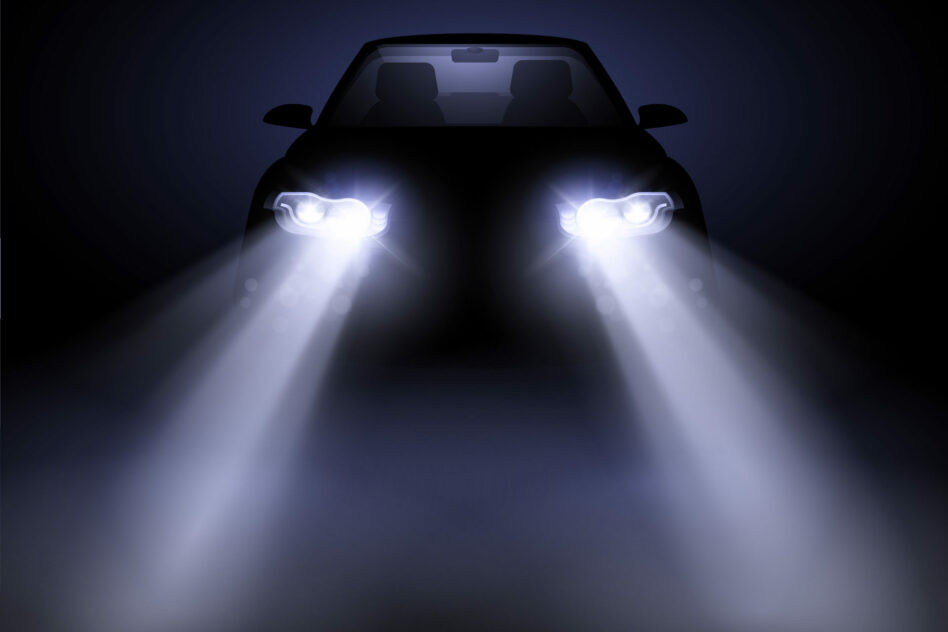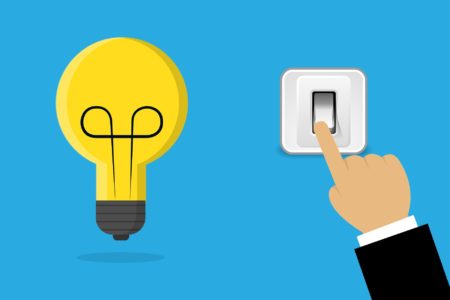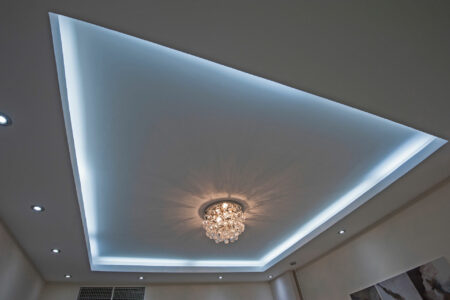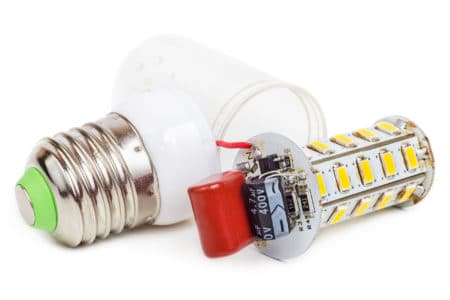One might assume that headlights are all about aesthetics of your car, but there’s a lot of functionality built into them. In this guide, we’ll discuss the similarities and differences between high beam and low beam lights.
Low Beam vs High Beam: Overview
Headlamps or headlights are more than just a car’s design characteristic. They’re part of any vehicle’s safety features, primarily because they help with the driver’s vision on dim or dark roads.
Typically, you have two headlight options: a low beam or a high beam. The low beam is for illuminating the road ahead in the evening – or anytime when the sun isn’t enough to light up roadways.
On the other hand, a high beam is a setting that lets the driver use an even brighter light. This option would allow you to see further down the road than a low-beam headlight usually would.
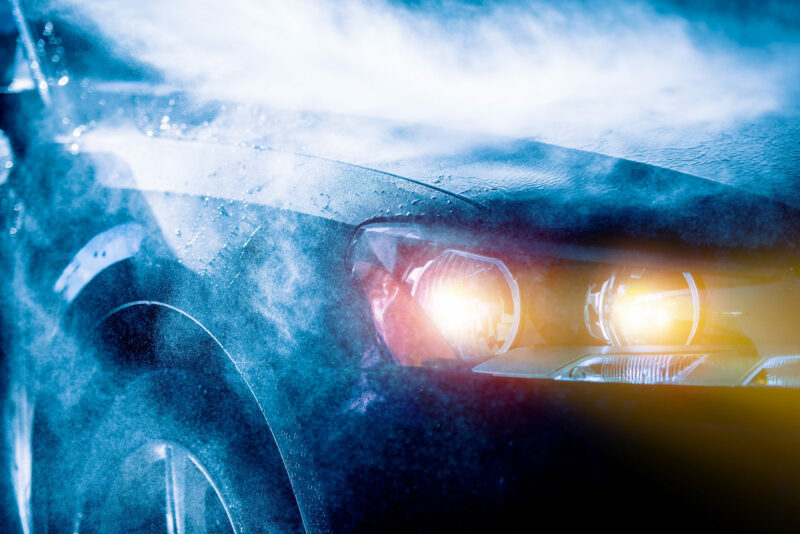
Typically, all cars would have their lights switched off in the morning. However, at night, you may use both. So, what’s the difference, and which one is better?
It highly depends on the situation. You might find yourself using low-beam headlights more often, but there are situations where a high beam is more useful.
We’ll dive further into these situations in the following sections and take a closer look at the details surrounding the two headlight settings.
Everything You Need to Know About Low-Beam Headlights
So, what is a low beam? It’s a passing beam or a dipped beam. Under guidelines set by the Society of Automotive Engineers (SAE) and federal lighting standards, a low-beam headlight should be between 15,000 to 20,000 candela per lamp.
This is to keep it from being too bright and reduce night-time fatalities.
Low beam is usually the default for most of the newer line of cars. As for older cars, it was a setting you had to choose with a foot pedal as the toggle. Nowadays, the low beam is accessible through a headlight switch near the steering wheel.
Either way, a low beam is usually the first thing you’ll use during low-light situations, such as night-time, on dark days, or below dimly-lit underpasses or bridges.

When to Use Low Beam
Since this setting is usually the default when you turn on your headlights, you should be using this any time between the sunset and the sunrise. However, your headlights should be turned on at any instance when you can no longer see 500 feet ahead of you, regardless of what time it is.
Under these conditions, it’s also best to use the low-beam setting whenever there’s oncoming traffic. With a low beam, you won’t compromise the vision of the drivers on the other side of the road.
In addition, when other weather elements are involved, such as rain, fog, or even snow, a low beam surprisingly offers more visibility to the driver. This is mainly due to the direction of light in this setting.
The light rays from low-beam headlights are directed downwards. This means they won’t bounce off of raindrops and further blur your vision. The angled bulbs are also the reason why oncoming traffic won’t mind if you have your low-beam headlights on.
Disadvantages of Low Beam
The main disadvantage of a low beam is that it doesn’t fare well in situations where there’s pretty much no other source of light. Since the bulb is pointed downwards, you won’t see anything beyond its short range.
For example, a country road without streetlights would render low-beam headlights less useful. While it does illuminate, it doesn’t light up an area further enough for pitch-black locations.
This poses a significant disadvantage when traveling around unfamiliar country roads or rural areas because you might not see sharp turns in time. Plus, there’s a chance that there are animals near the roadway.
Regulations Surrounding Low-Beam Headlights
The standards are set by the SAE and the Federal Motor Vehicle Safety Standard 108 (FMVS 108). Per these guidelines, low-beam headlights are asymmetrical to avoid blinding oncoming traffic. There are also corresponding regulations on headlight glare outlined in these standards.
Additionally, some codes require drivers to turn on their headlights, which are usually a low beam by default, at specific times of the day, such as twilight or when it’s dark. Driving with defective headlights is punishable by law as this puts you and other drivers at risk of traffic accidents.
Everything You Need to Know About High-Beam Headlights
A high beam is also called bright light or main beam. This setting has rays that point straight ahead. Contrary to the low beam, the bulb isn’t angled downwards. This gives a high beam a higher vision range when driving through dark roadways.
Unlike its dimmer counterpart, high-beam headlights are significantly brighter. To put this in perspective, they have around 20,000 to 75,000 candela per lamp, more than double the brightness of a low beam.
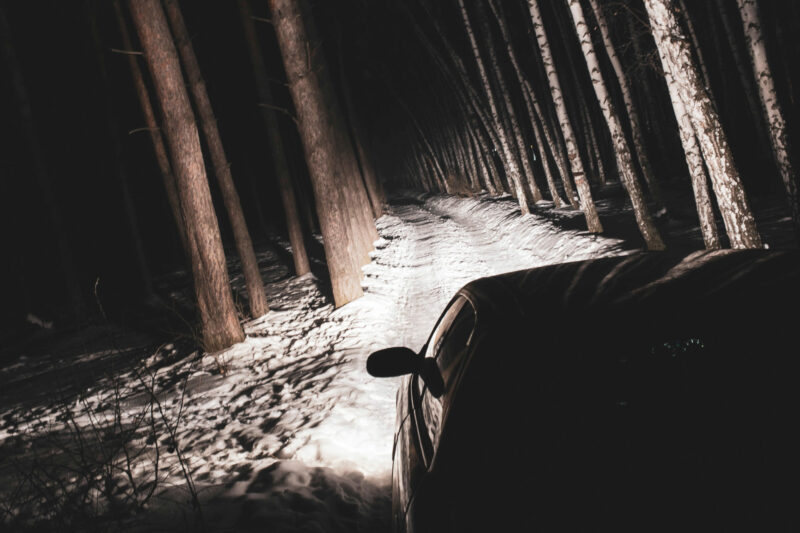
The toggle to turn on the high beam is often right next to the low beam one. Both are on the same headlight switch that’s typically found near or behind the steering wheel.
When to Use Them
You’d normally want to use high-beam headlights when no drivers are coming toward you on the other side of the road. That said, this setting is best for rural roads, where there are usually no streetlights and rarely any oncoming traffic.
The strength, range, and direction of the high-beam bulbs allow them to provide superior visibility compared to the low-beam ones. You’ll be able to see street signs, turns, and any reflective surfaces from a much further (and safer) distance.
Since country roads are home to wild animals, a high beam would also let you see and avoid them.
Disadvantages of High Beam
Despite provisioning great visibility, high-beam lights significantly affect the vision of drivers on the other side of the road.
Unfortunately, this means a high beam can be distracting to other drivers because it produces a lot of glare. The pupil of the human eye expands when there’s low light. So, when a bright light suddenly hits the eye, it can overwhelm the retina.
This can lead to accidents involving oncoming traffic, which is exactly why you should always switch to a low beam when you see another car coming toward you.
Too much exposure to high-beam lights can cause temporary blindness, especially at night. This blindness can last for a few seconds, which is more than enough for an accident to happen.

Moreover, you also need to change to a low beam when you come up to another car from behind. The high-beam lights can reflect on the mirrors of the car ahead and disturb the driver’s vision.
Turning down your high beam is more than just a courtesy. It’s a safety precaution. Another disadvantage of high beams is they don’t do well during heavy rains, fog, and other similar conditions.
As mentioned earlier, light rays aren’t pointed downward like in low beams. That means that light can readily bounce off of raindrops. Reflected light from the elements adds to the limited visibility brought about by the blobs of water on your windshield.
That would further restrict your vision and could easily lead to accidents. While the brightness and range of a high beam help you see through dark roads, remember to use them responsibly.
Regulations Surrounding High-Beam Headlights
Never put others on the road at risk, and even if you need the high-beam light, switch back to the low-beam one if another car comes facing you. Some states even have laws for that, which requires drivers to switch to a low beam when there’s oncoming traffic.
While the minimum distance varies among the different state codes, most require you to shift to low beams or dim your lights whenever you come across another vehicle at least 500 feet away ahead of you.
Head-to-Head Comparison of Low-Beam and High-Beam Headlights
Before putting a low beam and a high beam head-to-head, we would like to clarify that both of them are essential to all cars. We don’t recommend opting only for one and never using the other.
These two have differences, but this doesn’t ultimately mean that only one headlight setting is the best. Always ensure that your low and high beams are functional before you start your trip to avoid accidents.
Brightness and Intensity
When it comes to brightness and intensity, the high-beam headlight setting takes the cake. This is mainly due to the intensity and angle of the bulbs or lamps. There’s a greater projection of light rays in a straight path, resulting in brighter and more intense illumination.
Unfortunately, this brightness level is distracting and sometimes even temporarily blinding to other drivers. There are international regulations as well as North American regulations under FMVSS 108 to ensure that the brightness and intensity of high-beam settings don’t go overboard.
Function and Operation
Both beams usually appear on the same headlight switch. They’re indicated by distinct symbols. In general, while the function of headlights is to illuminate the roadways when needed, the different beam options have specific functions too. We’ve already gone over these earlier, so let’s look at some additional ones.
Sometimes, a high beam is used as a signal for other drivers. You can toggle the setting on and off quickly to alert other drivers of your presence. Occasionally, you can also use your bright lights to signal that you should go first because you have the right of way.
Now, we know that a low beam is more reliable in unpleasant weather conditions. However, interestingly, some newer cars are equipped with an additional set of bulbs called fog lights.
Car manufacturers place those fog lights in the lowest part of the car bumpers. This allows their light beams to shine under the fog and provide some visibility that’s otherwise hard to achieve by other beam lights.
Distance
We’ve gone over the fact that the high-beam setting gives drivers a longer range of vision in the dark, but just how far does it illuminate compared to a low beam? The answer is that it gives you almost double what a low-beam headlight setting does.
The exact value still depends on the type of bulb your car has, but the distance is usually around 350 to 400 feet ahead of your car. One of the biggest advantages of this distance is that it gives you enough time to react if you see something on the road, such as fallen trees or street signs, even in the dark.
Unlike if you’re on a low beam, you only have a few seconds or sometimes even milliseconds to react to something because there’s limited vision. This time frame is even shorter when you’re going at faster speeds.
Field of View
Because of the distance that a high beam gives, its field of view in relation to the periphery is quite limited. You typically won’t be able to see much of the sides of the road. The light rays point straight ahead, which gives you a narrower field of view. You can see further ahead, but your vision cone has a tighter angle.
The complete opposite is true for a low beam. This setting focuses more on the immediate distance in front of your car including your periphery. The angled set-up of the bulbs gives you a wider vision cone. Even if it doesn’t offer much distance, your low-beam headlights illuminate wider angles than their brighter counterpart.
The broader outspread of light is also why a low beam is more helpful when you have to drive through rain or thick fog, especially if you don’t have fog lights. Ultimately, when it comes to the field of view, a low beam provides better visibility even if the distance illuminated isn’t extensive.
